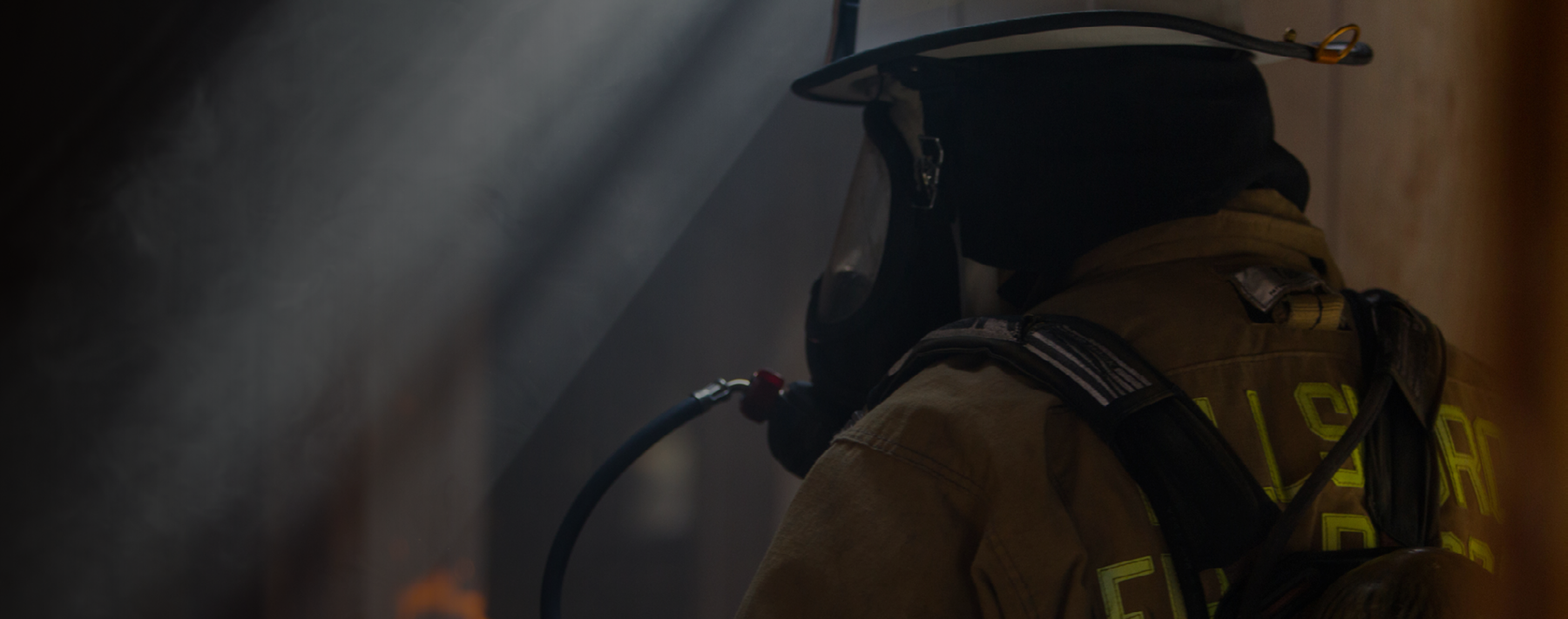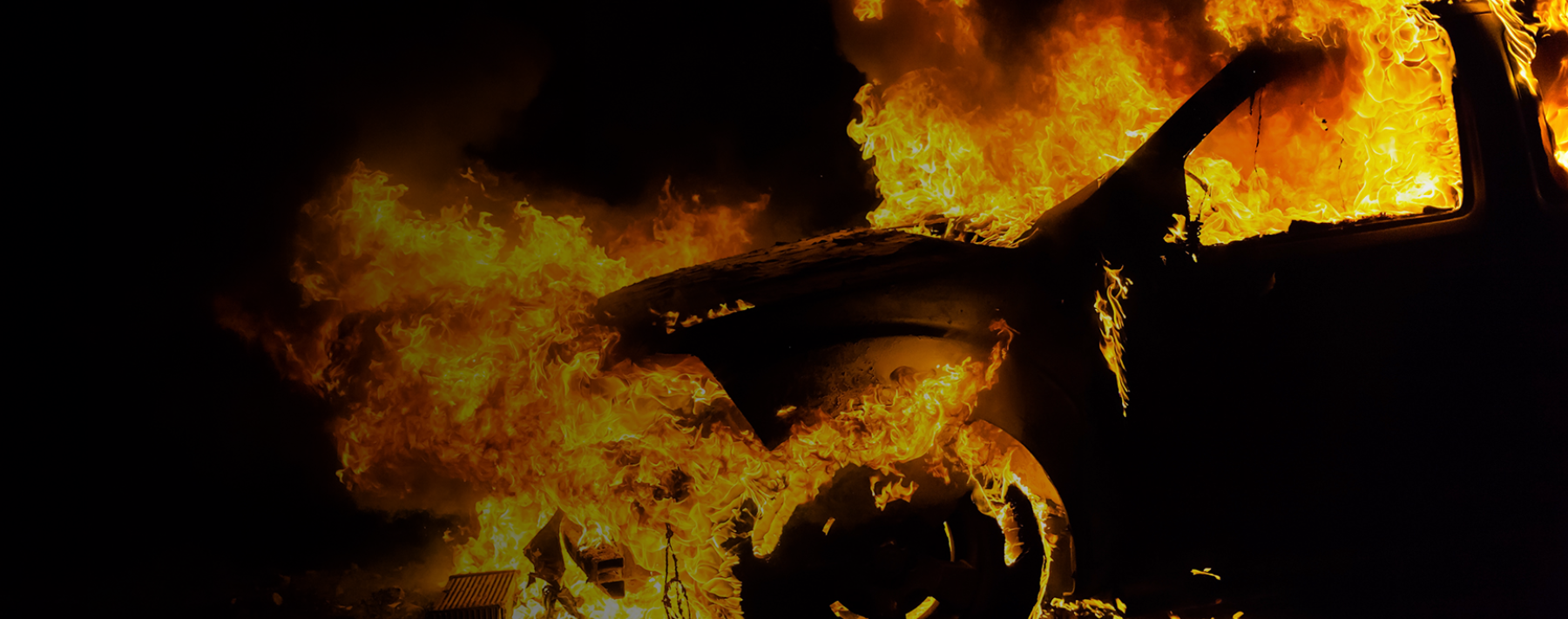I remember when I was first hired and received my badge pinning ceremony. It was such an honor to be part of this exclusive organization, and to me, the badge was a symbol of that exclusivity. Many people had tried to become part of this group, but only a few had succeeded.
I wore my badge and my uniform proudly on duty. It didn’t matter when—0200 HRS, on a “difficulty breathing” call or performing company inspections in public—if I was on duty, I wore it. I never even thought about wearing something else—it was an honor to wear it!
I used to think (with all due respect), “Anyone can wear a suit and tie, but only a chosen few wear a uniform with a badge.”
Today, things are a bit different. Some departments have made changes in the uniform, arguing for a more “functional” outfit. Others simply stopped enforcing the policy of wearing uniforms at all times (physical training excepted) while on duty.
I was recently in a large metropolitan city where there is a large, well-known and respected fire department. I was having dinner at a concert in the park when a medical call occurred. The park was filled with hundreds of residents from within and outside the community.
As the engine pulled up, I saw that everyone on the rig was wearing a t-shirt. A couple of the t-shirts were faded and old. The crew looked very un-uniformed. When the EMS and police department personnel showed up, they were ALL in uniform. No t-shirts. They looked professional; the firefighters didn’t.
Of course, clothes don’t “make the man.” But they can and do project a certain image. When did the fire service decide it was OK to project a less-professional image? Think about it: When was the last time you saw a police officer write a ticket or direct traffic in a t-shirt?
Now there are good arguments for wearing uniform t-shirts—but notice that I added “uniform” in front of the word. While I will always favor a class B uniform with a button-up shirt and a badge, I understand that some departments have made the shift away from this uniform to distinguish their personnel from police officers while responding to calls. The idea is that firefighters could become targets if attackers perceive them as part of law enforcement.
But uniform t-shirts are not the same thing as a shirt that’s faded and worn and you pulled it from the back of your drawer because nothing else is clean. Departments that issue uniform t-shirts also need to be clear about off-duty use. I see many firefighters in bars and restaurants wearing department t-shirts, drinking and partying. Would we allow them to do this in uniform with a badge on? Of course not—so why are we lowering the standard just because a t-shirt is involved?
In addition to being a fire chief, I’m also a consultant for Lexipol. Lexipol’s Uniform Standards Policy provides an excellent template for ensuring firefighters are outfitted in a professional manner. The policy is meant to be tailored (no pun intended) to the needs of the department, but it points out that the department uniform is intended to “enhance the department’s overall professional and positive image.”
Firefighters should certainly have uniforms that allow them to move freely and do their jobs effectively. But today’s uniform manufacturers are more than capable of meeting those requirements with a uniform that is also professional. And if your department chooses uniform t-shirts for safety and functionality, there are still standards that can and should be enforced.
If like me, you’re concerned that our professional image may be slipping, perhaps it’s time to evaluate your department’s policy on uniform standards. After all, shouldn’t everything your firefighters wear and do on duty be worthy of the badge?



